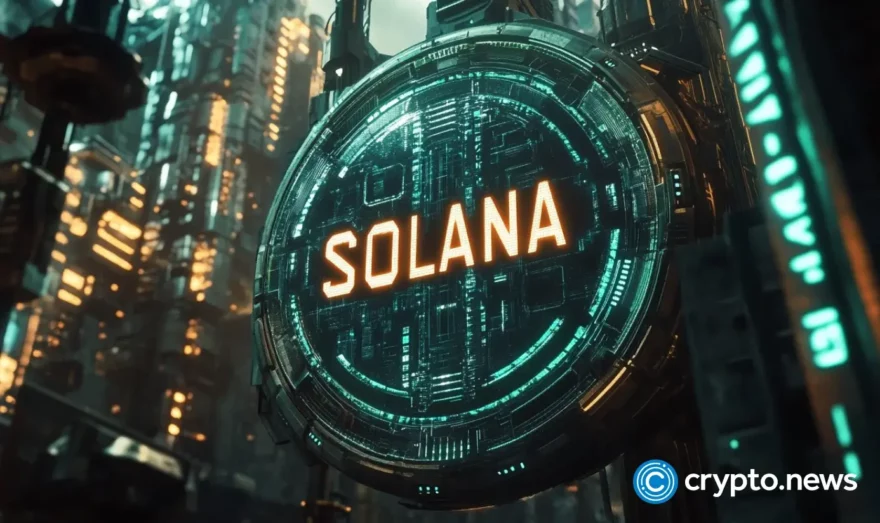Anza proposes Alpenglow consensus mechanism for faster finality on Solana

Anza, a Solana-focused blockchain infrastructure firm, has proposed a major overhaul to Solana’s core protocol with the introduction of a new consensus mechanism dubbed Alpenglow.According to a May 19 blog post, Anza described Alpenglow as the “biggest change” to Solana’s architecture since its inception, calling it a “turning point for Solana.”The protocol would replace Solana’s existing TowerBFT and Proof-of-History (PoH) systems with a new architecture built around two key components, namely, Votor and Rotor. Votor handles the voting and block finalization process, while Rotor serves as the data dissemination protocol.Unlike the current design, which relies on gossip-based communication and PoH for timestamping, Alpenglow introduces direct messaging and erasure-coded data propagation.Rotor builds on Solana’s existing Turbine model but reduces network hops and refines node relay selection. Meanwhile, Votor introduces a dual-mode voting system that attempts to finalize blocks in a single round when at least 80% of the stake is active, or within two rounds when participation drops to 60%. Both modes operate simultaneously, allowing the protocol to finalize blocks through whichever path completes first.Anza estimates the upgrade could reduce median block finality to around 150 milliseconds, and as low as 100 milliseconds under optimal conditions.These latency estimates, based on simulations, would bring Solana’s performance closer to that of traditional Web2 infrastructure.“A median latency of 150 ms does not just mean that Solana is fast — it means Solana can compete with Web2 infrastructure in terms of responsiveness, potentially making blockchain technology viable for entirely new categories of applications that demand real-time performance,” Anza’s Quentin Kniep, Kobi Sliwinski, and Roger Wattenhofer noted.The protocol also includes a “20+20” resilience model, meaning it can maintain network safety and liveness even if up to 20% of validators behave maliciously and another 20% are offline or unresponsive. According to Anza, this design accounts for both adversarial threats and real-world conditions like outages or latency issues, aiming to ensure consistent finality even under degraded network performance.While Alpenglow is expected to introduce significant improvements in network latency and resilience, Anza notes in its white paper that the upgrade alone will not fully prevent future outages, especially given the network’s current reliance on a single validator client.Solana has struggled with network outages in the past years, often tied to congestion and validator overload. Its current architecture, which lacks a mempool and processes transactions directly, has made it especially vulnerable to spikes in transaction volume, particularly during periods of high activity.Anza has played a key role in fortifying Solana’s infrastructure through its work on Agave, the network’s primary production-grade validator client. The firm continues to refine the client’s performance, most recently contributing to Agave v2.2, which raised compute unit limits and improved transaction throughput.

Published on Other News Site











